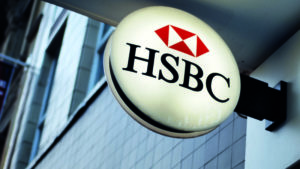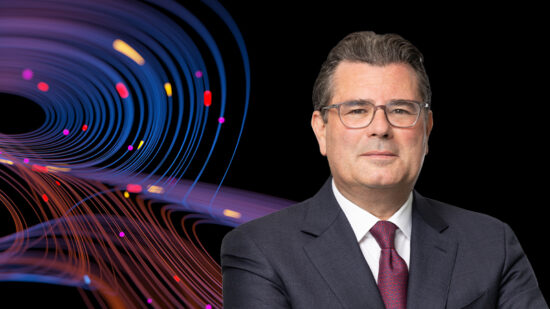Keeping motivated in times of uncertainty is not always the easiest thing to do. Likewise, seeking investment inspiration during periods of uncertainty can provide challenges. In this regard, I have found Howard Marks’ book The Most Important Thing a must read.
Marks is a famous US investor and displays a set of good investment habits and timeless lessons that should help the typical investor through an atypical period to make better investment decisions, generate long-term returns and avoid permanent capital losses.
During these uncertain times – with worrying levels of inflation after two years of a pandemic and the unforeseen return of a war on European soil – it is ever so important that investors remain focused and do not become distracted or overwhelmed by noise as this may leave them at risk of making poor investment decisions.
There is nothing new about this – as human beings, we are affected by a significant number of behavioral biases and, when uncertainty is greater, we tend to suffer even more from these. We may even be tempted to think that extraordinary times require extraordinary measures and that this would apply equally to investment decisions.
This way of thinking can, however, lead to decisions we will later come to regret and therefore, in the spirit of Marks, it is important to remind ourselves of not one but three “most important things” when it comes to challenging times:
* Stick to the fundamentals and understand what is expected: When it comes to investment selection, fundamentals represent the anchor for any investor. Although some may argue that investing is, in the end, a matter of expectations, these would be just ‘fantasies’ without the solid foundations provided by fundamentals.
We need to ask ourselves if expectations on fundamentals are reasonable and, if not, we should remember that jumping onto investments with unreasonable expectations is the shortest path to trouble. When present uncertainty is high and investors look for certainty in the distant future, it becomes key to exercise careful judgement and to remain anchored to what we know and or we can know with a lower degree of uncertainty.
* Think of the future as one of many possible worlds: Expanding on what we have briefly discussed in the previous ‘most important thing’, as human beings, we are tempted to settle for certainty when there is uncertainty and therefore we may find comfort in trying to make sophisticated forecasts about the future. As even the most advanced models have pitfalls and the most intelligent forecasters can make mistakes, however, it would be quite arrogant to assume the future can be known with any real precision.
Therefore, instead of spending too much time trying to guess the unpredictable – for example, the level of inflation by the end of this year – our energy can be used much more productively if we think about potential scenarios and how we should be preparing for them. In the end, the future is just one realisation of many possible scenarios and betting on a single one could have ruinous consequences, should the opposite occur.
Putting this into a portfolio context means achieving robust diversification, which is the ability of the portfolio to withstand different economic and market environments while maintaining its expected risk and return characteristics. The use of the word ‘robust’ is intentional – diversification is not a function of the number of assets in a portfolio but, rather, the outcome of combining assets with different underlying drivers and therefore providing their best (and, as markets do not always go up, their worst) in different scenarios.
As an example, although corporate bonds and equities are different type of assets, their underlying drivers – that is to say, credit spreads and the equity risk premium – are strongly correlated and so it would be quite optimistic to assume that corporates can provide uncorrelated returns from equities.
* Stay focused on your portfolio objectives: The objectives of your portfolio are the most important thing – they are the base over which investors are evaluated and the bridge between what investment managers can do and what clients should expect. As investors, we may be tempted to drift away from our objectives when we see opportunities to do so in the market – and especially when the high degree of uncertainty seems to require a significant effort to find alternative ways to generate returns.
If fundamentals are the anchor to select investment opportunities, however, the portfolio objectives are the anchor for putting together the portfolio and to size our risk and return expectations accordingly. We need to focus even more on it when uncertainty is high as it may provide not only a way to construct our portfolios appropriately, but also to avoid the temptation of jumping onto new ideas that look great but are not really serving the purpose of reaching the objective and may be bringing unintended risks in the portfolio.
In uncertain times, we need reliable anchors and these can be found in fundamentals and in our investment objectives. As we make decisions about the future, we should make good use of all the relevant information available through prices, understand if expectations are reasonable and prepare for different outcomes.
Nicolo Bragazza is a senior investment analyst at Morningstar Investment Management







